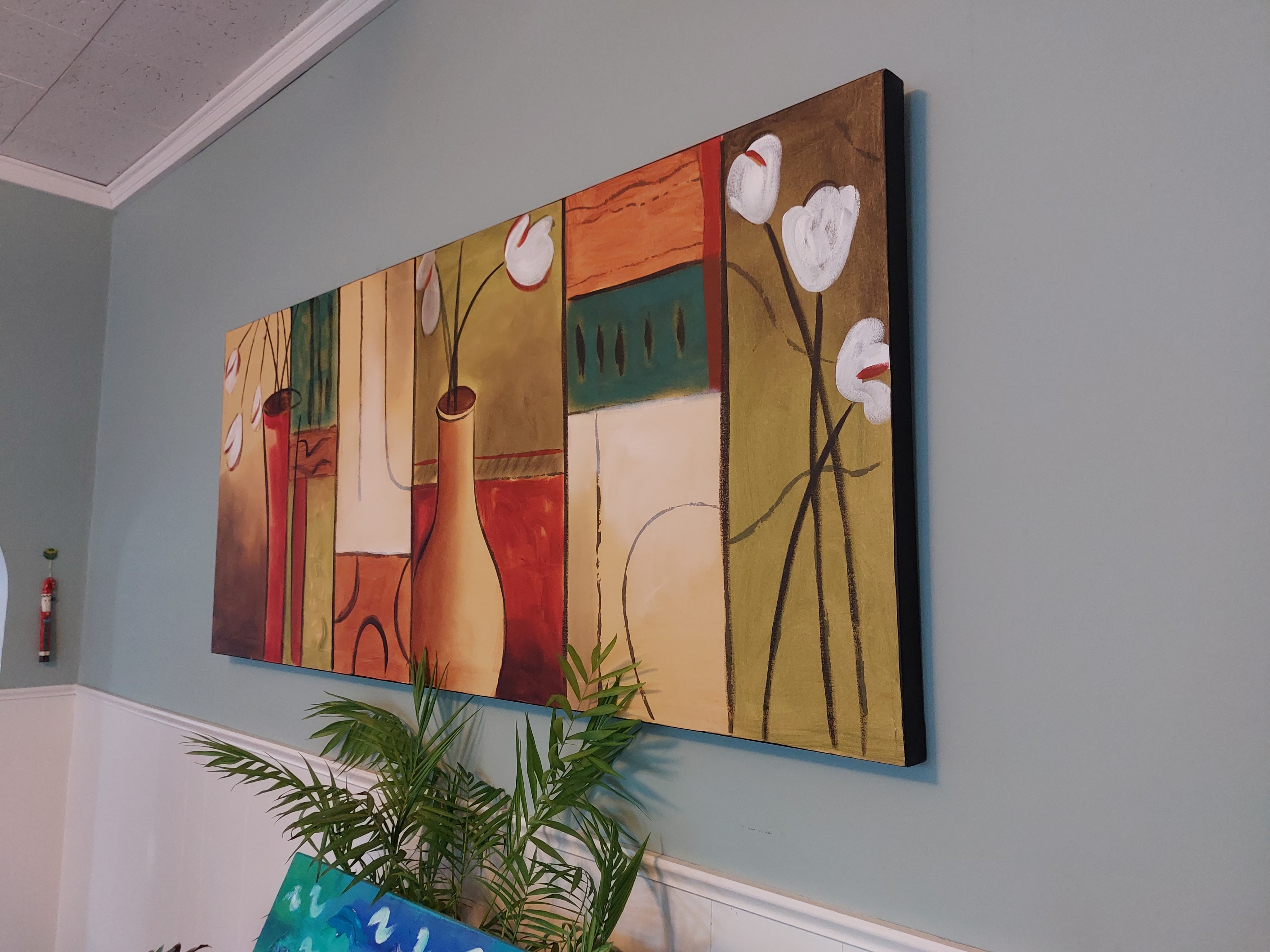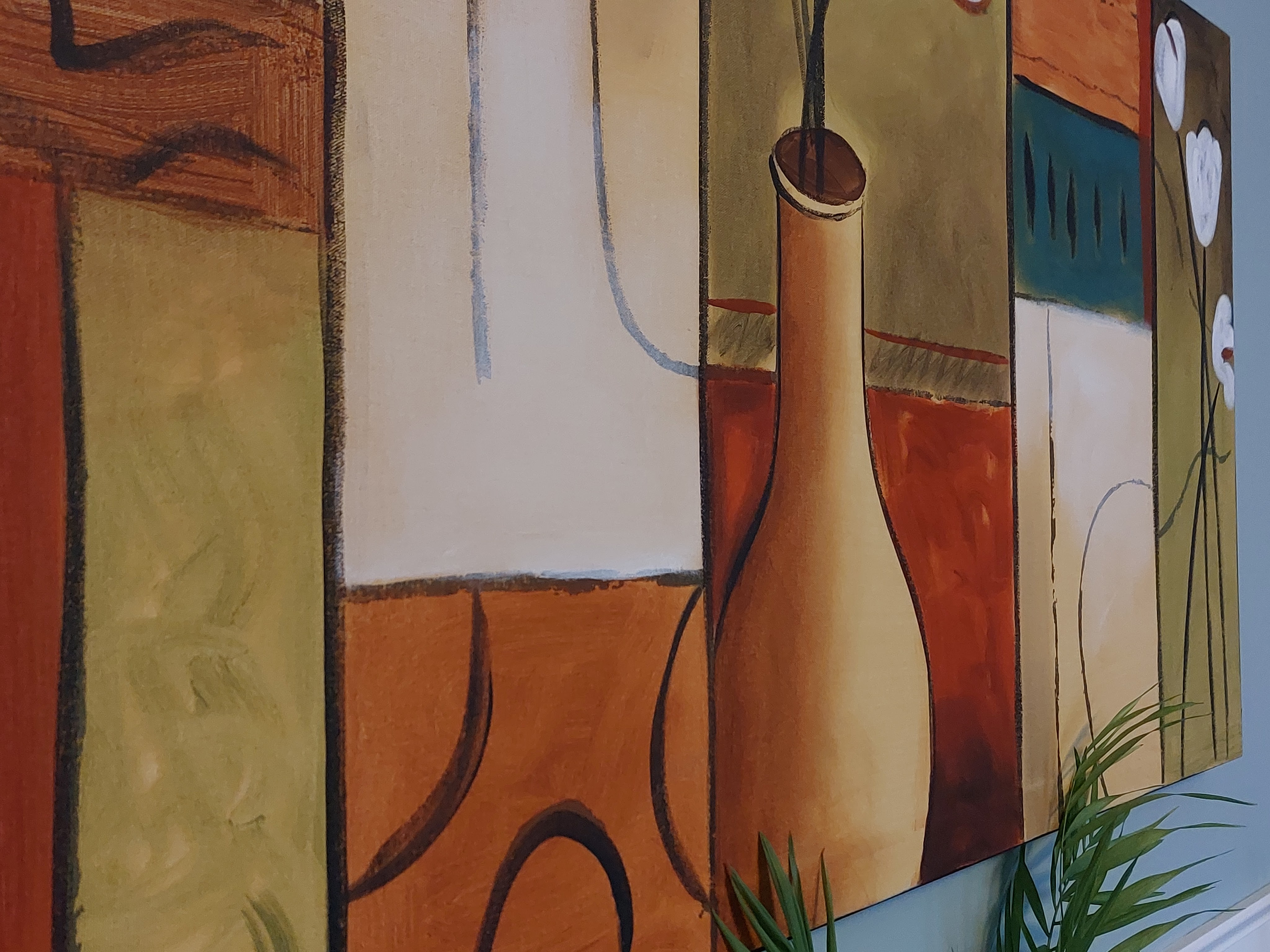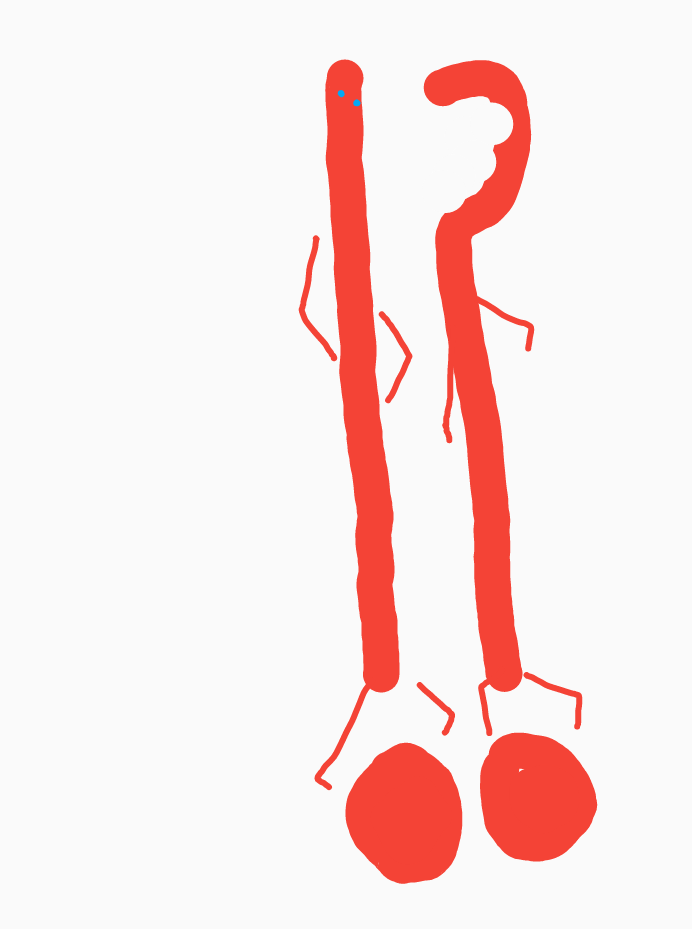Sometimes, mornings, sitting at the laptop, waiting for the groundwater to rise, words to develop, appear, as in a photographer’s darkroom bath, I play around backstage in the blog with fonts and settings and such as are available via the WordPress setup. The urge comes similar to that of wanting to move the furniture around in one’s pad, or rearrange the Picasso or Matisse paintings dotting the walls. Or move the plants around. I would tell you all how this is done (i.e. changing fonts), but I don’t want to be responsible for anyone crashing their blog and watching nine years of exceptional poetry or original street pics washed down the drain. And I’m not an expert, just an experimenter.
Anyway, you perspicacious readers with good eyes for this sort of thing might have noticed a number of changing fonts experiments this morning here at the The Coming of the Toads. And, effective with this post, I’ve switched the entire blog to new fonts: Playfair Display for the Heading Font and Fira Sans for the Base Font.
Other fonts I played around with this morning include EB Garamond, which I thought elegant but too light and tight, and Space Mono / Roboto, which I found fun and modern in a way one might be nostalgic for comics from the 1950’s. I thought Bodoni Moda interesting. But in the end, for now, anyway, I settled on changing sitewide to the Playfair Display and Fira Sans fonts. These are available via Global Styles in WordPress – at least in this, the “Seedlet” theme, they are available.
While my primary concern when it comes to choosing fonts is to find something simply easy on the eyes, I want the type to attract the reader without calling too much attention to itself. At the same time, I find the historical background of font development interesting. For example, looking up Fira typeface in Wiki, I found this:
“With the name Fira, Mozilla wanted to communicate the concepts of fire, light and joy but in a language agnostic way (sic) to signal the project’s global nature.”
https://en.wikipedia.org/wiki/Fira_(typeface)
Joy! And not only that, but I found that Fira Sans is used by the governments of both New Zealand and Iceland – their “font of choice,” according to the Wiki page I consulted. Ok, ok – if it’s good enough for them…
Again, I’m not an expert, of much of anything, let alone fonts, but if one is to spend as much time as I do writing, typing, blogging, “publishing” (as it were), drawing, cartooning, doodling, it seems inevitable one’s interests will or might or should include typeface and type design. There you have it.
Display font derives from sign making, text typically larger than the text found in the body of what’s printed. It seems most display fonts were originally hand drawn. Of Playfair Display, I found that it’s a font created by one Claus Eggers Sørensen. Who knew?
One consideration choosing fonts and in fact doing anything on the blog these days, is the fact that readers are using all kinds of devices – desktops, laptops, tablets, phones – to access and read blog posts. So you want something that will lend itself to a variety of formats and devices. What you see is not always what you get.
The Coming of the Toads blog, which dates posts at least monthly from 2007, and which began as a kind of addendum to adjunct activity, has gone through a number of changes in “theme” (template) design over the years. (Has anyone noticed?) Currently, the blog uses a “minimalist” design open to the WordPress block formatting. This seems for now a good fit for the drift to ever more poetry posting I’ve been lately most interested in doing.




